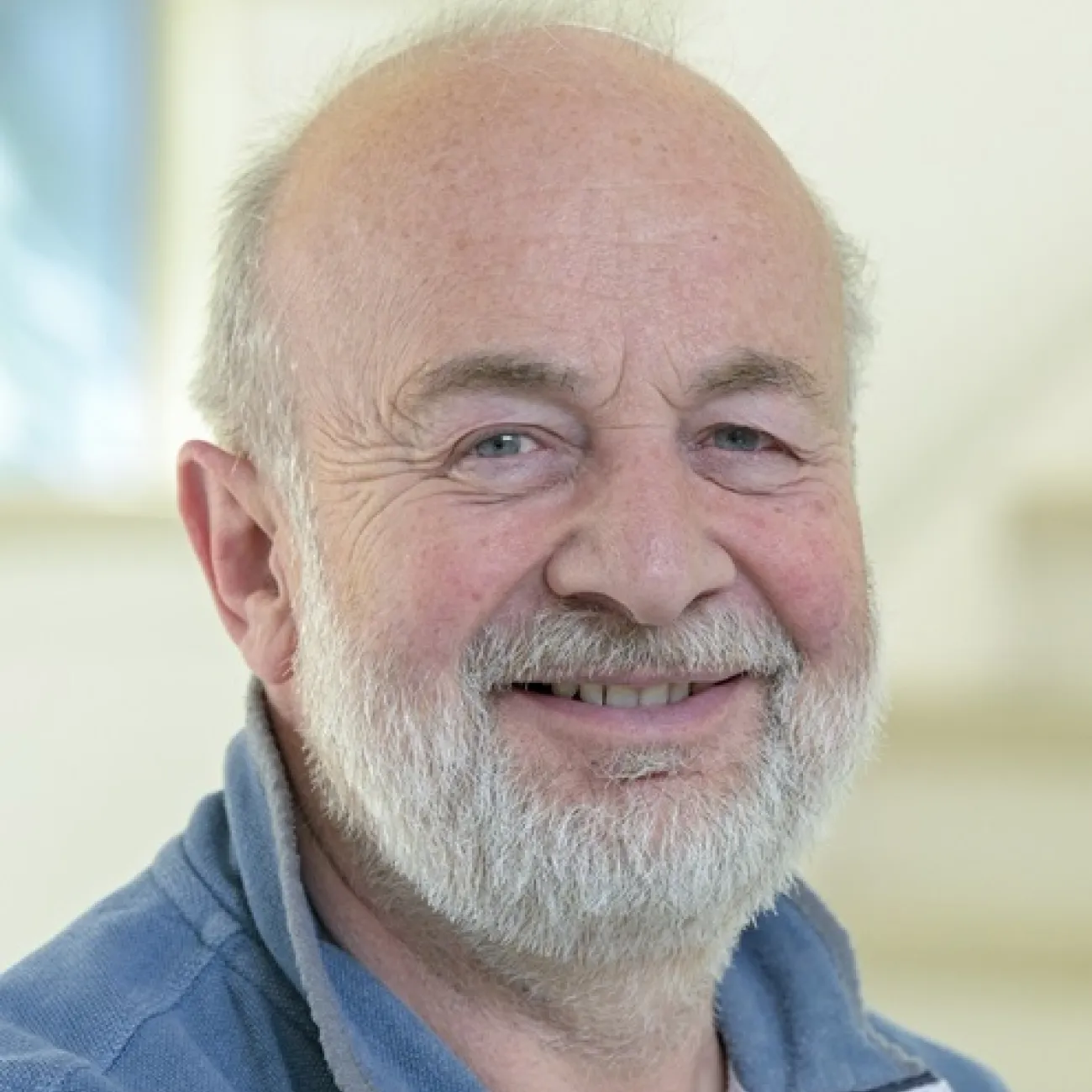Research
Research groups
Research interests
- Magnetic Resonance
- Endofullerenes
Research projects
Active projects
Researchers:
Researchers:
Completed projects
Researchers:
Sponsor: EPSRC
Researchers:
Sponsor: EPSRC
Researchers:
Sponsor: Biotechnology & Biological Sciences Research Council
Researchers:
Sponsor: Royal Society
Researchers:
Sponsor: Royal Society
Researchers:
Sponsor: EPSRC
Sponsor: EPSRC
Sponsor: EPSRC
Sponsor: EPSRC
Researchers:
Sponsor: EPSRC
Researchers:
Sponsor: Royal Society
Researchers:
Sponsor: EPSRC
Researchers:
Sponsor: EPSRC
Researchers:
Sponsor: EPSRC
Researchers:
Sponsor: European Union
Researchers:
Researchers:
Sponsor: Nuffield Foundation
Researchers:
Sponsor: European Union
Researchers:
Sponsor: European Union
Researchers:
Sponsor: Leverhulme Trust
Researchers:
Sponsor: European Union
Researchers:
Sponsor: Leverhulme Trust
Researchers:
Sponsor: EPSRC
Researchers:
Sponsor: EPSRC
Researchers:
Sponsor: Royal Society
Researchers:
Sponsor: Wellcome Trust
